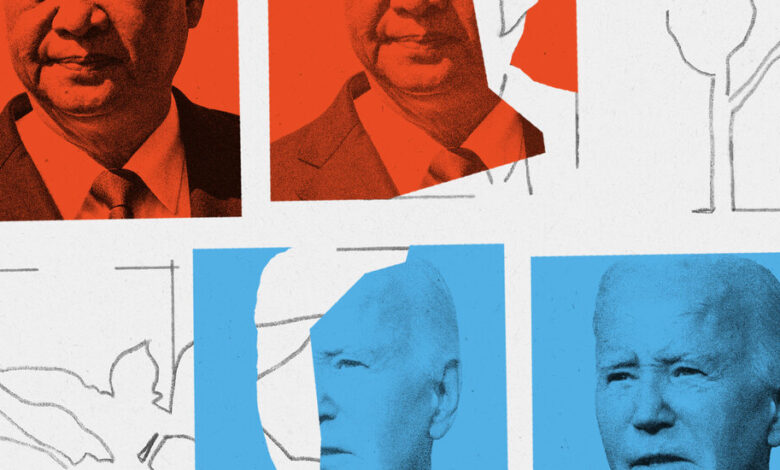Opinion | America and China Are Talking Again. Let’s Keep It That Way.

But the sons and daughters of those builders are growing up in a very different world from their parents. They inherited the basic structure — of a nation that is rising once again, ready to make its mark on the world — but they will inevitably want to fill in how it looks and feels, and will challenge older mores in the process. There is widespread and growing discussion, for instance, of how to make Chinese society more equitable, green, urban and scientific. China is undergoing a profound transition to a high-tech, highly educated, prosperous and powerful nation that its “builder generation” could only imagine.
Live in China for a while and you realize that it’s not collapsing any time soon, despite what hawks in the United States might hope. Despite China’s unsteady transition away from low-cost labor and manufacturing toward innovation and consumption, its economy is still growing, albeit more slowly than in the past. Even as China builds coal plants, it has become a global renewables superpower, an exporter of electric vehicles, solar panels and wind turbines. Its tendency to be friendly with governments with which America is not, such as Russia, Iran and North Korea, means that American diplomats increasingly ask Beijing to use its leverage, including in the current Middle East turmoil. And in frontier technologies like artificial intelligence, experts agree that a discussion without China amounts to the West talking to itself.
China is perhaps the greatest rival America has faced. As U.S. Ambassador Nicholas Burns put it, China “is infinitely stronger than the Soviet Union ever was,” thanks to its economic, scientific and technological power, its capacity for innovation and its global ambition. But rather than a foe, we should see in China — and its many strengths — a powerful potential partner to work with in solving the world’s biggest problems. Investing huge amounts of American money and effort in a struggle for global supremacy does not always lead to the desired outcomes: America supposedly won the Cold War, outlasting the Soviet Union, but did that result in a democratic Russia, friendly to U.S. interests?
China’s strength is not always easy to digest for Americans, who are used to being No. 1. It’s troubling to see the rise of a society of comparable power, operating under a value system that seems so different from America’s. Yet America retains enduring strengths that China envies: The U.S. dollar, the dynamism of American science, its cultural, military and diplomatic clout and the resilience of its economy. This means that U.S. leaders can afford to continue reaching out to China, to look past differences over those rules and boundaries laid down decades ago, to resist posturing for their electorates back home and start working together on things that matter to young people in both countries. Things like economic stability, job creation, healthy competition instead of decoupling, scientific collaboration and, above all, climate change.
Each moment that we spend mired in distrust makes the world a little bit hotter. Raised under the threat of climate change, younger generations in both countries intuitively understand that we need new, transformative approaches; that yelling at each other solves nothing. Californians, plagued by wildfires, know that there are more immediate threats to their way of life than China. Shanghai’s people, living in a shallow river delta, could see their home washed away in a few decades. The resources that Beijing and Washington expend on an unwinnable geopolitical standoff could be far better used in our energy transition, or bringing better lives to people in the developing world.




